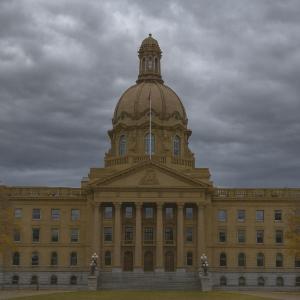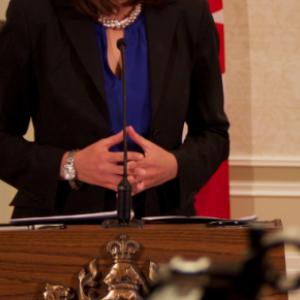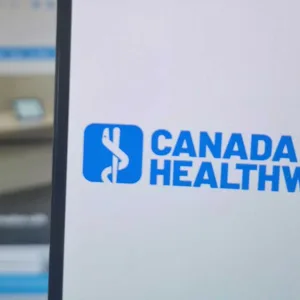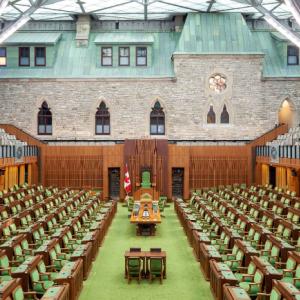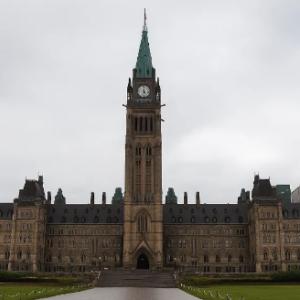It’s time to stop letting everyone play doctor
Over the last few years the number of medical errors that harm patients I have personally seen from less-trained providers is alarming. I recently saw a woman with a genital issue that was treated as a “fungal rash” at her local pharmacy. She ended up having an infected bartholin cyst that needed treatment and drainage. A 3rd year med student could have diagnosed this correctly after a 30-second exam. The patient not only suffered unnecessarily, but could have gotten sicker, perhaps septic, putting her life at risk.
Whether it’s a pharmacist prescribing antibiotics that aren’t needed, a nurse practitioner providing the wrong ointment for a rash, or a naturopath misdiagnosing an enlarged lymph node (that turned out to be breast cancer), a growing number of patients are faced with inaccurate and even dangerous diagnoses. Patients and non-physician providers are falling for the trap of convenience over accuracy and quality of care. Providers are being pressured into situations where the best advice should be “please see your doctor for this issue.” This forces patients to get multiple opinions for a single health concern. This hurts patients, costs taxpayers, and puts patients’ health at risk.
Our experiment with letting those without medical licenses ‘play doctor’ needs to end.
Ontarians pay some of the highest taxes in the world, much of which goes to healthcare infrastructure and services. Historically, the healthcare system would provide them access to a medical doctor that would take their history, provide a physician exam, and prescribe medications where necessary. However, this social contract seems to be quickly eroding as the government continues to grossly underfund physician offices limiting access to a doctor (there’s been an over 30% decrease in funding when accounting for inflation over the last two decades).
The government’s solution to poor access to medical doctors (which they are directly responsible for) is to bring in less skilled and less trained providers. Over the last few years, we have seen the emergence of nurse practitioner stand-alone clinics and the expansion of scope for pharmacists and midwives allowing them to prescribe for minor ailments.
This costs patients in another important way: by wasting doctors’ time. As a family doctor, I’ve seen more and more of my time spent correcting medical errors by other providers. This has become a pain point in many physician practices. As part of this expansion, the Ontario government mandates pharmacists send copious amounts of paperwork to family doctors which creates more unpaid administrative work that distracts physicians from providing care. It’s now not uncommon for a family doctor to spend thirty minutes a day reviewing pharmacy notes alone.
I appreciate that most providers in healthcare are genuinely trying to help, but the training others undergo is nowhere near that of a physician (minimum 3-4 years undergrad, 4 years medical school, 2-10 years residency). A physician must take a thorough history and perform a physical examination to make a proper diagnosis. Physicians are also regulated by the college that restricts the dispensing of medicine where there could be a conflict of interest financially. It appears other providers can circumvent these fundamental principles and diagnose without an exam or prescribe medicines where they directly benefit financially. This double-standard is a growing frustration within the medical field contributing to moral injury and burnout.
This does not mean other providers don’t have an important role to play in healthcare. They have for many years been utilized as part of a physician-led, integrated team. This is by far the best model of care-delivery where the most trained and skilled physician oversees those with less training and experience. This model allows for instant review of patient cases and minimizes medical errors. It also fosters a culture of growth where everyone can expand their knowledge by working and learning from one another. Before we continue to expand pharmacists’ and nurse practitioners' autonomy, we need to pause and review the long-term risks and benefits. We cannot take shortcuts to solving our healthcare problems unless we want to pay for those shortcuts with higher taxes and worsening health outcomes.
Currently, team-based care is extremely limited due to government funding restrictions. At any point in time the government could expand access to physician teams and physician extenders by allowing physicians to bill OHIP for the work delivered by others under the supervision of a lead physician. It is hard to understand why there is such resistance to scale physician training and knowledge. Allowing physicians to be more efficient while training and supervising other providers promotes better quality care and develops a more skilled healthcare workforce. Most lawyers have paralegal/assistants, most accountants employ bookkeepers, but in Ontario, physicians are not permitted to bill for work that nurse practitioners, physician assistants or pharmacists would do under their supervision.
It’s time to stop letting everyone play doctor without a medical degree. The Ontario government needs to expand physician-led teams and allow physicians to operate their practices with other providers under direct supervision. The Ontario Ministry of Health just informed us that recruiting and retaining doctors in Ontario is not a major concern. With over two million Ontarians now without a family doctor (which is projected to double in the next decade) it is baffling that the government does not think Ontarians need more doctors — it makes one wonder if they think replacing doctors with less skilled providers will be the solution and that patients won’t notice.
Patients are already noticing, and paying the price for this experiment.
For part two of this article series, click here.
